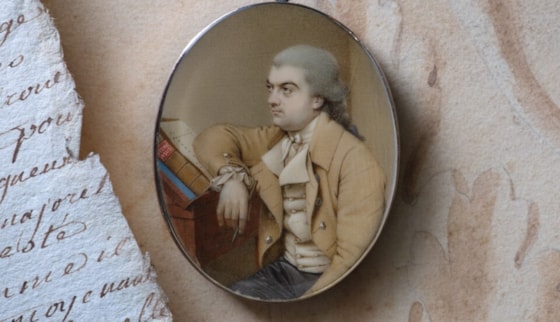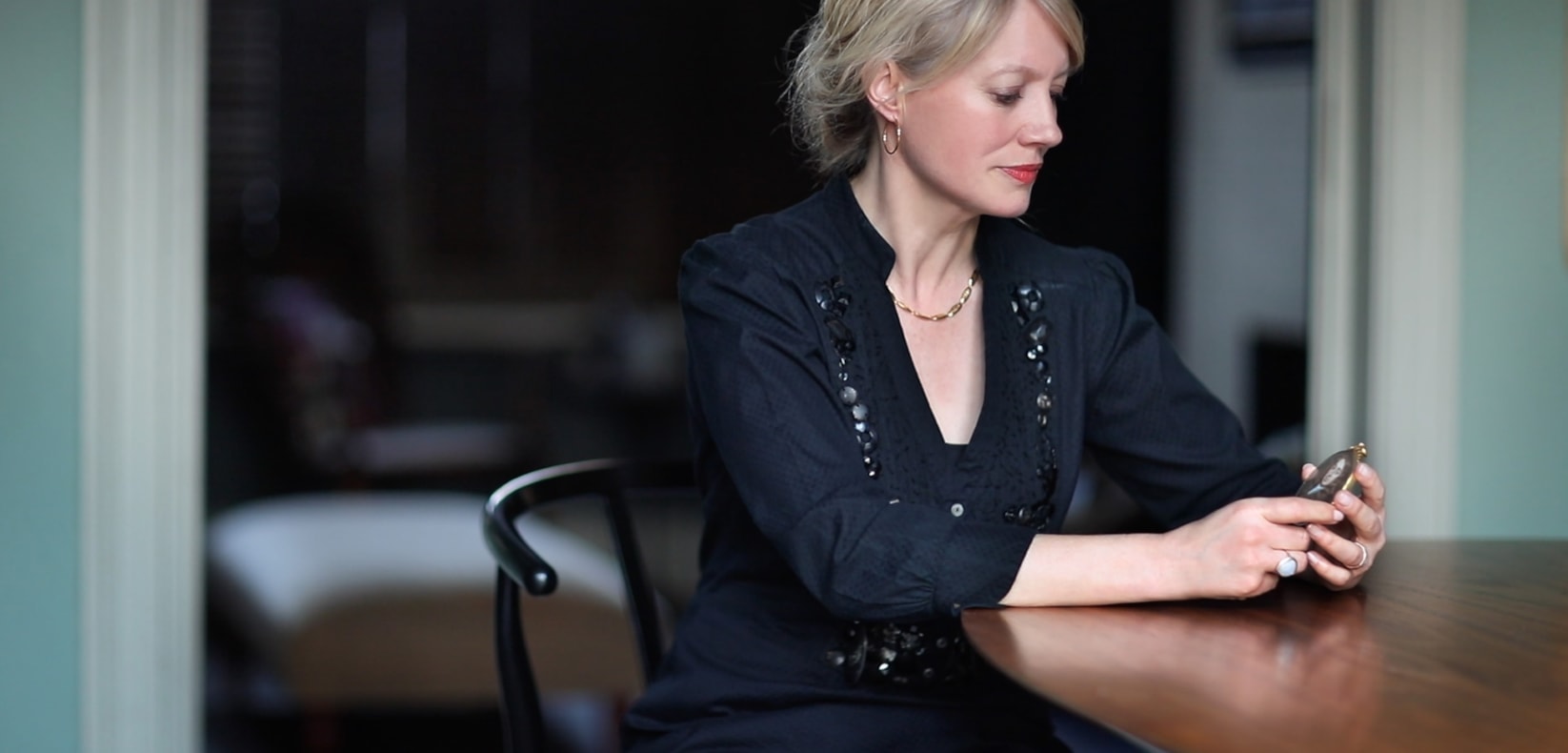We offer specialist services by leading experts…
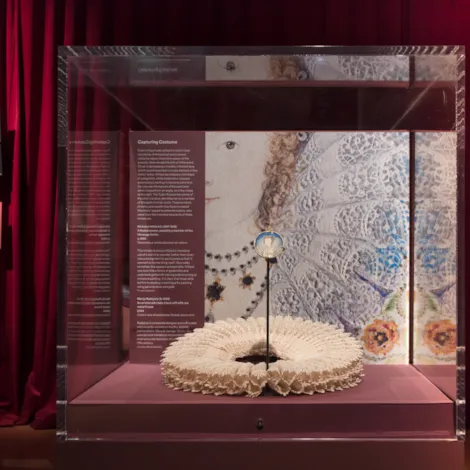
Consultancy
Emma Rutherford is a leading specialist in portrait miniatures, widely consulted on a range of projects.
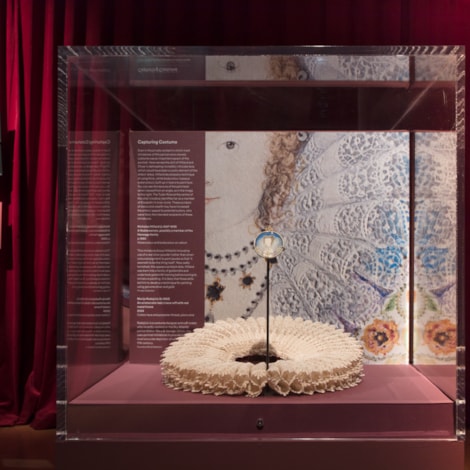
Portrait miniatures are some of the most challenging works of art to research. Due to their small size, covert status and wearable nature, information is often lost or simply unrecorded, their secrets lost to previous generations. But miniatures do not have to be hostage to history.
Our director, Emma Rutherford is leading specialist in portrait miniatures and silhouettes. Her clients include Philip Mould & Co., the National Portrait Gallery, National Trust and a number of major institutions nationwide.
The Limner Company is well equipped to assist with research projects and exhibitions, provide valuations and contribute to publications. Recent projects include co-curating The Reflected Self: Portrait Miniatures, 1540-1850 at Compton Verney (21 September 2024 – 23 February 2025) and a chapter for the exhibition catalogue Meyers Minis – Big in London. A Tübingen painter at the English court (for the exhibition at Stadtmuseum Tübingen, 18 October 2024 – 11 May 2025).
To enquire about consultancy services, please contact emma@portraitminiature.com.
Images: Installation views of The Reflected Self: Portrait Miniatures 1540-1850 © Compton Verney, photo by Jamie Woodley
Our director, Emma Rutherford is leading specialist in portrait miniatures and silhouettes. Her clients include Philip Mould & Co., the National Portrait Gallery, National Trust and a number of major institutions nationwide.
The Limner Company is well equipped to assist with research projects and exhibitions, provide valuations and contribute to publications. Recent projects include co-curating The Reflected Self: Portrait Miniatures, 1540-1850 at Compton Verney (21 September 2024 – 23 February 2025) and a chapter for the exhibition catalogue Meyers Minis – Big in London. A Tübingen painter at the English court (for the exhibition at Stadtmuseum Tübingen, 18 October 2024 – 11 May 2025).
To enquire about consultancy services, please contact emma@portraitminiature.com.
Images: Installation views of The Reflected Self: Portrait Miniatures 1540-1850 © Compton Verney, photo by Jamie Woodley
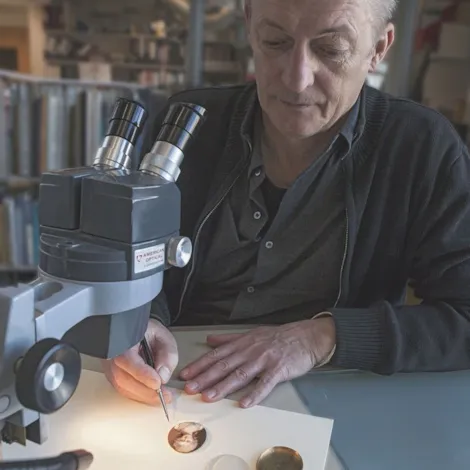
CONSERVATION
Portrait miniatures can be conserved for generations to come if kept in stable conditions, away from direct light or extreme changes in temperature.
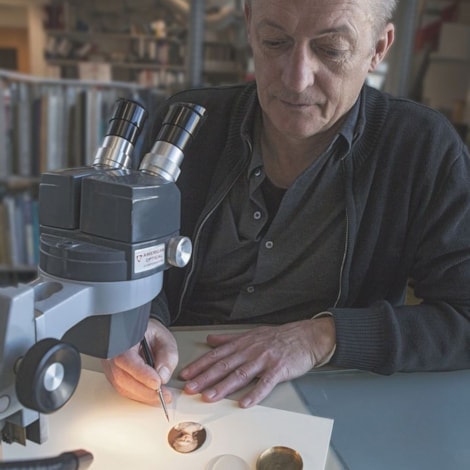
Even the earliest painters or limners recognised the fragility of portrait miniatures. Nicholas Hilliard (1547-1619), wrote that ‘the colours may not endure some airs, especially sulphurous air or sea-coal…’, insisting on a pristine studio in which to paint.
Portrait miniatures began as small paintings in watercolour on vellum (called ‘limnings’), and evolved to be painted in watercolour on ivory from the early 18th century. Portrait enamels, small oil on copper portraits and plumbagos (small graphite drawings on vellum) are also considered to fall under the umbrella term ‘portrait miniature’.
Each type of small portrait has different conservation needs – for example, enamel portraits can be shown in direct sunlight, but graphite drawings will suffer from discolouration to the bare vellum or paper.
Presentation options can include hanging wall cabinets (glazed with museum glass) or vitrines. If hung directly on a wall, an interior wall is preferable as these tend to be less prone to damp.
When properly and securely framed, portrait miniatures can be seen as surprisingly robust – after all, they were often worn or dispatched far and wide, sometimes crossing continents. When kept in stable conditions, away from direct light or extreme changes in temperature, portrait miniatures can be conserved for generations to come.
Our conservation consultant, Alan Derbyshire, was formerly Head of Paper, Books and Paintings conservation at the Victoria and Albert Museum, where he worked for 37 years. In 2018, Alan was awarded the Plowden Medal for significant contribution to the advancement of the conservation profession and in particular, to the field of paper conservation and the conservation of portrait miniatures. Alan works for various dealers, private collectors and institutions around the world.
For further information about conservation, please contact
alanderbyshire@hotmail.co.uk.
Portrait miniatures began as small paintings in watercolour on vellum (called ‘limnings’), and evolved to be painted in watercolour on ivory from the early 18th century. Portrait enamels, small oil on copper portraits and plumbagos (small graphite drawings on vellum) are also considered to fall under the umbrella term ‘portrait miniature’.
Each type of small portrait has different conservation needs – for example, enamel portraits can be shown in direct sunlight, but graphite drawings will suffer from discolouration to the bare vellum or paper.
Presentation options can include hanging wall cabinets (glazed with museum glass) or vitrines. If hung directly on a wall, an interior wall is preferable as these tend to be less prone to damp.
When properly and securely framed, portrait miniatures can be seen as surprisingly robust – after all, they were often worn or dispatched far and wide, sometimes crossing continents. When kept in stable conditions, away from direct light or extreme changes in temperature, portrait miniatures can be conserved for generations to come.
Our conservation consultant, Alan Derbyshire, was formerly Head of Paper, Books and Paintings conservation at the Victoria and Albert Museum, where he worked for 37 years. In 2018, Alan was awarded the Plowden Medal for significant contribution to the advancement of the conservation profession and in particular, to the field of paper conservation and the conservation of portrait miniatures. Alan works for various dealers, private collectors and institutions around the world.
For further information about conservation, please contact
alanderbyshire@hotmail.co.uk.

IVORY REGISTRATION
It is now a legal requirement for antique ivory portrait miniatures to be registered with DEFRA before they can be sold.
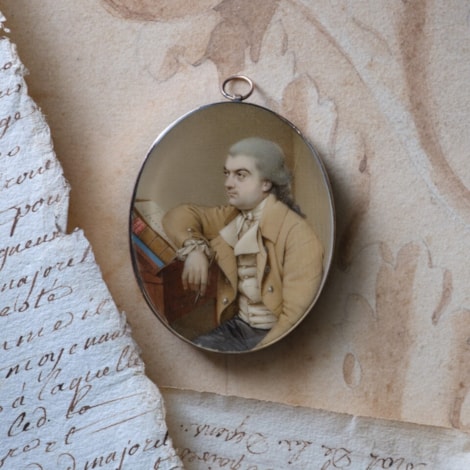
It is now a legal requirement for portrait miniatures painted on ivory to be registered with DEFRA before they can be sold.
On 6th June 2022, the Ivory Act 2018 came into force, prohibiting the sale of ivory in the UK. Portrait miniatures made before 1918, with a surface area smaller than 320cm, are exempt but must be registered with the Department of Environment, Food and Rural Affairs (DEFRA) before they can be sold. More detailed information on the Ivory Act 2018 can be found on the BADA website here.
The Limner Company can guide you through this process. To enquire about how we can help please contact
emma@portraitminiature.com.
On 6th June 2022, the Ivory Act 2018 came into force, prohibiting the sale of ivory in the UK. Portrait miniatures made before 1918, with a surface area smaller than 320cm, are exempt but must be registered with the Department of Environment, Food and Rural Affairs (DEFRA) before they can be sold. More detailed information on the Ivory Act 2018 can be found on the BADA website here.
The Limner Company can guide you through this process. To enquire about how we can help please contact
emma@portraitminiature.com.
Consultancy
Portrait miniatures are some of the most challenging works of art to research. Due to their small size, covert status and wearable nature, information is often lost or simply unrecorded, their secrets lost to previous generations. But miniatures do not have to be hostage to history.
Our director, Emma Rutherford is leading specialist in portrait miniatures and silhouettes. Her clients include Philip Mould & Co., the National Portrait Gallery, National Trust and a number of major institutions nationwide.
The Limner Company is well equipped to assist with research projects and exhibitions, provide valuations and contribute to publications. Recent projects include co-curating The Reflected Self: Portrait Miniatures, 1540-1850 at Compton Verney (21 September 2024 – 23 February 2025) and a chapter for the exhibition catalogue Meyers Minis – Big in London. A Tübingen painter at the English court (for the exhibition at Stadtmuseum Tübingen, 18 October 2024 – 11 May 2025).
To enquire about consultancy services, please contact emma@portraitminiature.com.
Images: Installation views of The Reflected Self: Portrait Miniatures 1540-1850 © Compton Verney, photo by Jamie Woodley
Our director, Emma Rutherford is leading specialist in portrait miniatures and silhouettes. Her clients include Philip Mould & Co., the National Portrait Gallery, National Trust and a number of major institutions nationwide.
The Limner Company is well equipped to assist with research projects and exhibitions, provide valuations and contribute to publications. Recent projects include co-curating The Reflected Self: Portrait Miniatures, 1540-1850 at Compton Verney (21 September 2024 – 23 February 2025) and a chapter for the exhibition catalogue Meyers Minis – Big in London. A Tübingen painter at the English court (for the exhibition at Stadtmuseum Tübingen, 18 October 2024 – 11 May 2025).
To enquire about consultancy services, please contact emma@portraitminiature.com.
Images: Installation views of The Reflected Self: Portrait Miniatures 1540-1850 © Compton Verney, photo by Jamie Woodley
Consultancy

CONSERVATION
Even the earliest painters or limners recognised the fragility of portrait miniatures. Nicholas Hilliard (1547-1619), wrote that ‘the colours may not endure some airs, especially sulphurous air or sea-coal…’, insisting on a pristine studio in which to paint.
Portrait miniatures began as small paintings in watercolour on vellum (called ‘limnings’), and evolved to be painted in watercolour on ivory from the early 18th century. Portrait enamels, small oil on copper portraits and plumbagos (small graphite drawings on vellum) are also considered to fall under the umbrella term ‘portrait miniature’.
Each type of small portrait has different conservation needs – for example, enamel portraits can be shown in direct sunlight, but graphite drawings will suffer from discolouration to the bare vellum or paper.
Presentation options can include hanging wall cabinets (glazed with museum glass) or vitrines. If hung directly on a wall, an interior wall is preferable as these tend to be less prone to damp.
When properly and securely framed, portrait miniatures can be seen as surprisingly robust – after all, they were often worn or dispatched far and wide, sometimes crossing continents. When kept in stable conditions, away from direct light or extreme changes in temperature, portrait miniatures can be conserved for generations to come.
Our conservation consultant, Alan Derbyshire, was formerly Head of Paper, Books and Paintings conservation at the Victoria and Albert Museum, where he worked for 37 years. In 2018, Alan was awarded the Plowden Medal for significant contribution to the advancement of the conservation profession and in particular, to the field of paper conservation and the conservation of portrait miniatures. Alan works for various dealers, private collectors and institutions around the world.
For further information about conservation, please contact
alanderbyshire@hotmail.co.uk.
Portrait miniatures began as small paintings in watercolour on vellum (called ‘limnings’), and evolved to be painted in watercolour on ivory from the early 18th century. Portrait enamels, small oil on copper portraits and plumbagos (small graphite drawings on vellum) are also considered to fall under the umbrella term ‘portrait miniature’.
Each type of small portrait has different conservation needs – for example, enamel portraits can be shown in direct sunlight, but graphite drawings will suffer from discolouration to the bare vellum or paper.
Presentation options can include hanging wall cabinets (glazed with museum glass) or vitrines. If hung directly on a wall, an interior wall is preferable as these tend to be less prone to damp.
When properly and securely framed, portrait miniatures can be seen as surprisingly robust – after all, they were often worn or dispatched far and wide, sometimes crossing continents. When kept in stable conditions, away from direct light or extreme changes in temperature, portrait miniatures can be conserved for generations to come.
Our conservation consultant, Alan Derbyshire, was formerly Head of Paper, Books and Paintings conservation at the Victoria and Albert Museum, where he worked for 37 years. In 2018, Alan was awarded the Plowden Medal for significant contribution to the advancement of the conservation profession and in particular, to the field of paper conservation and the conservation of portrait miniatures. Alan works for various dealers, private collectors and institutions around the world.
For further information about conservation, please contact
alanderbyshire@hotmail.co.uk.
CONSERVATION
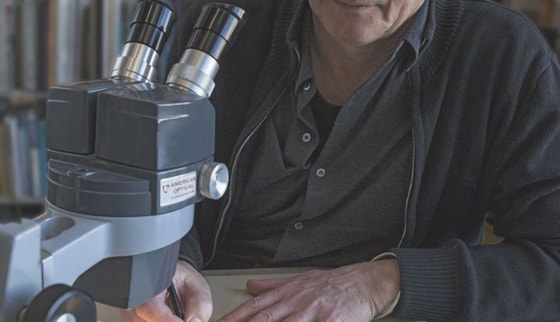
IVORY REGISTRATION
It is now a legal requirement for portrait miniatures painted on ivory to be registered with DEFRA before they can be sold.
On 6th June 2022, the Ivory Act 2018 came into force, prohibiting the sale of ivory in the UK. Portrait miniatures made before 1918, with a surface area smaller than 320cm, are exempt but must be registered with the Department of Environment, Food and Rural Affairs (DEFRA) before they can be sold. More detailed information on the Ivory Act 2018 can be found on the BADA website here.
The Limner Company can guide you through this process. To enquire about how we can help please contact
emma@portraitminiature.com.
On 6th June 2022, the Ivory Act 2018 came into force, prohibiting the sale of ivory in the UK. Portrait miniatures made before 1918, with a surface area smaller than 320cm, are exempt but must be registered with the Department of Environment, Food and Rural Affairs (DEFRA) before they can be sold. More detailed information on the Ivory Act 2018 can be found on the BADA website here.
The Limner Company can guide you through this process. To enquire about how we can help please contact
emma@portraitminiature.com.
IVORY REGISTRATION
